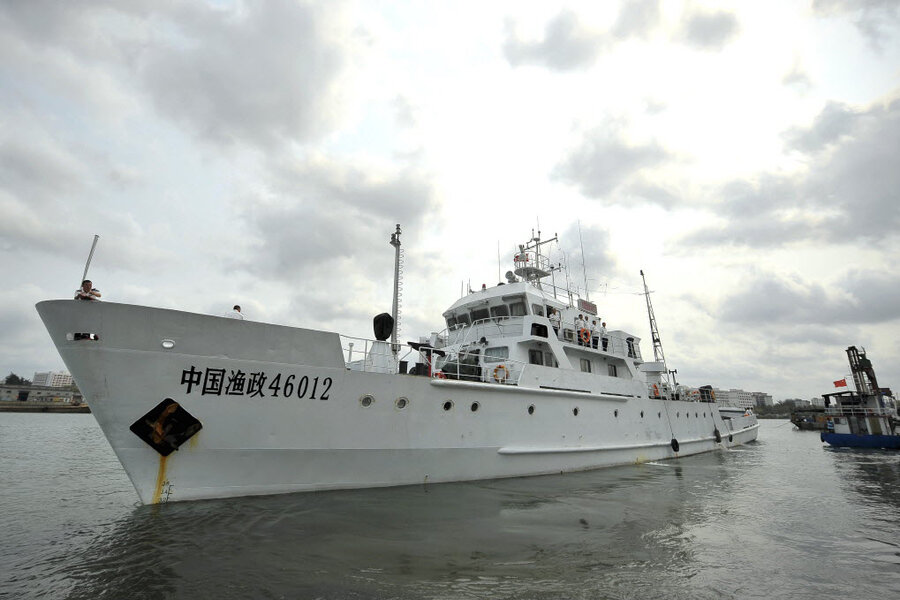China will open disputed islands to tourists
Loading...
| Beijing
China will this month start allowing tourists to visit the Paracel Islands, one of a group of disputed islets and reefs in the South China Sea, state news agency Xinhua said, a move likely to irk rival claimant Vietnam.
A cruise ship that can accommodate 1,965 passengers is ready for sailing to the Paracels, known in Chinese as Xisha, Xinhua reported, citing ship owner Haihang Group Corp.
Hainan Harbour and Shipping Holdings Co is building another cruise ship.
"Tourists will eat and sleep on the cruise ships and can land on the islands for sightseeing" ahead of Labour Day on May 1, Tan Li, vice governor of China's southernmost island province of Hainan, told Xinhua late on Saturday.
There is only one hotel with 56 rooms on Woody Island, the largest island in the Paracels, the agency said.
"Prices will be relatively high due to the high costs of tourism infrastructure construction," Huang Huaru, general manager of a tourism agency in Hainan, told Xinhua.
Last year, China approved the formal establishment of a military garrison in Sansha city, which is located on Woody Island. The city administers the mostly uninhabited islands in the South China Sea which China claims.
Tan said local authorities will build more supply ships and infrastructure in Sansha, including ports, water supply and sewage treatment facilities.
China took full control of the Paracels - a cluster of close to 40 islets, outcrops and reefs - in 1974 after a naval showdown with the then South Vietnam, and there have been incidents ever since. Taiwan also claims the Paracels.
Last month Vietnam accused China of opening fire on a fishing boat near the Paracels and burning down its cabin, charges Beijing denied.
Vietnam, Taiwan, Brunei, Malaysia and the Philippines also claim other parts of the South China Sea, including the Spratly Islands. China has a separate dispute with Japan in the East China Sea.
China is in an increasingly angry dispute with its neighbours over the claims to parts of the potentially oil and gas-rich South China Sea. China lays claim to almost the whole of the sea, which is criss-crossed by crucial shipping lanes.







